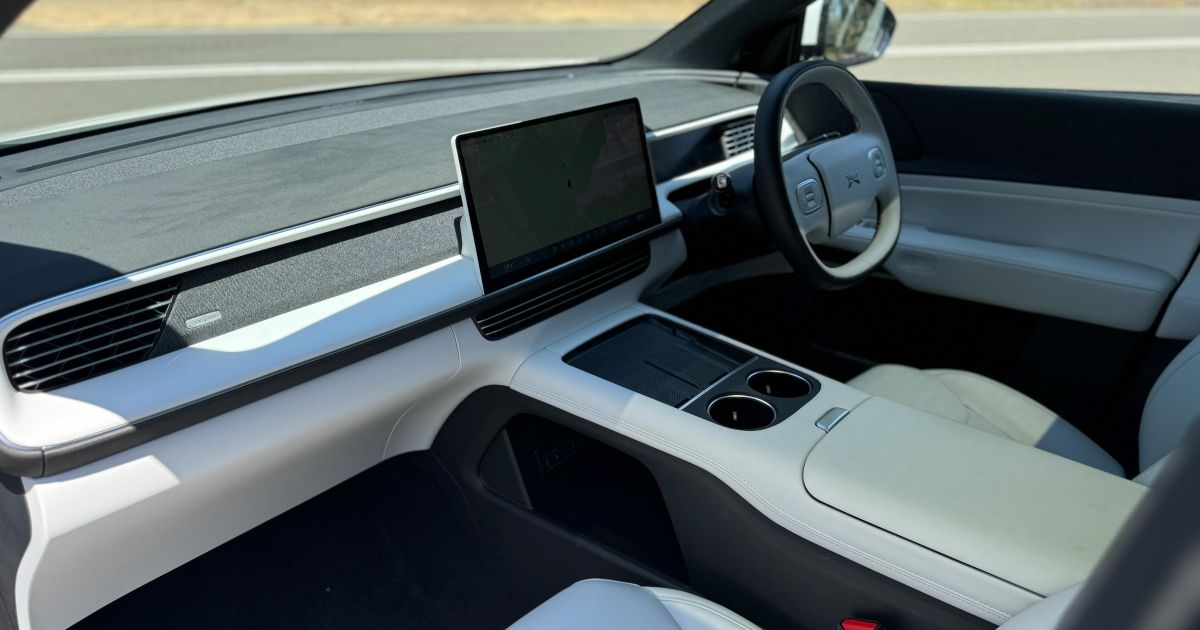A friend of mine recently asked me when I was picking up a Deepal I had booked in. I had to explain it was actually an Xpeng I was getting.
Now, this is someone who follows the industry closely, and even he mixed these two new-to-Australia brands up. Imagine how hard it is for the average Aussie who isn’t glued to CarExpert.com.au!
Chinese brands GWM, MG and LDV have been in Australia for years, with BYD launching in earnest in 2022 and Chery relaunching in 2023.
Since then, the floodgates have well and truly opened. And it made me think: just which brands are going to survive?
Hundreds of new car deals are available through CarExpert right now. Get the experts on your side and score a great deal. Browse now.
-
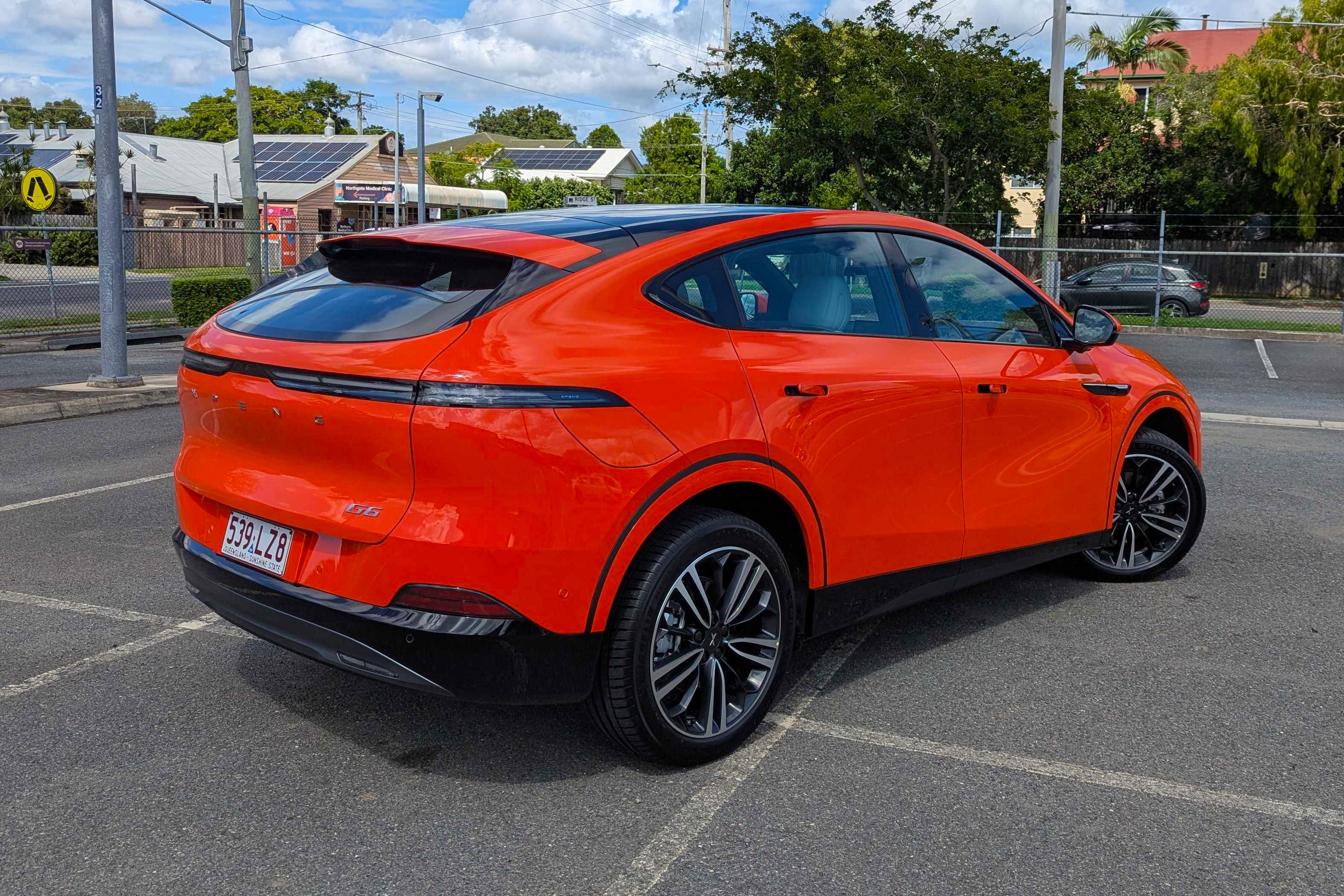
Xpeng G6
There’s a very real chance we’ll see more casualties among established, non-Chinese brands. Citroen withdrew last year, and some other European brands in particular are struggling.
But the increasing number of Chinese brands are now fighting for an ever shrinking slice of a market that’s expected to be smaller this year.
The thought occurred to me as I spent a week with the unfamiliar-to-Aussies Xpeng G6… and came away thoroughly impressed.
Oh sure, the interior styling is a bit Tesla derivative, down to a serious lack of physical switches. It’s not the fastest electric vehicle (EV) either, and the ride is a bit firm for my tastes.
But inside its quiet cabin, I found a lot to like. Material quality is excellent for the price point. The front seats are squishy, comfortable, and both heated and ventilated. There’s an actual digital instrument cluster, unlike in a Tesla, and it displays pedestrians, cyclists and vehicles around you – even showing if they have their brake lights on.
There’s a huge infotainment screen with a logical, attractive interface; vents that can oscillate gently; fan speed and vent controls on the steering wheel; and an enormous fixed glass roof – if one without a shade to conceal.
In short, the G6 is an entirely pleasant SUV to live with – right down to driver assist systems that are surprisingly well-calibrated and unobtrusive. That’s not altogether common among Chinese brands.
-
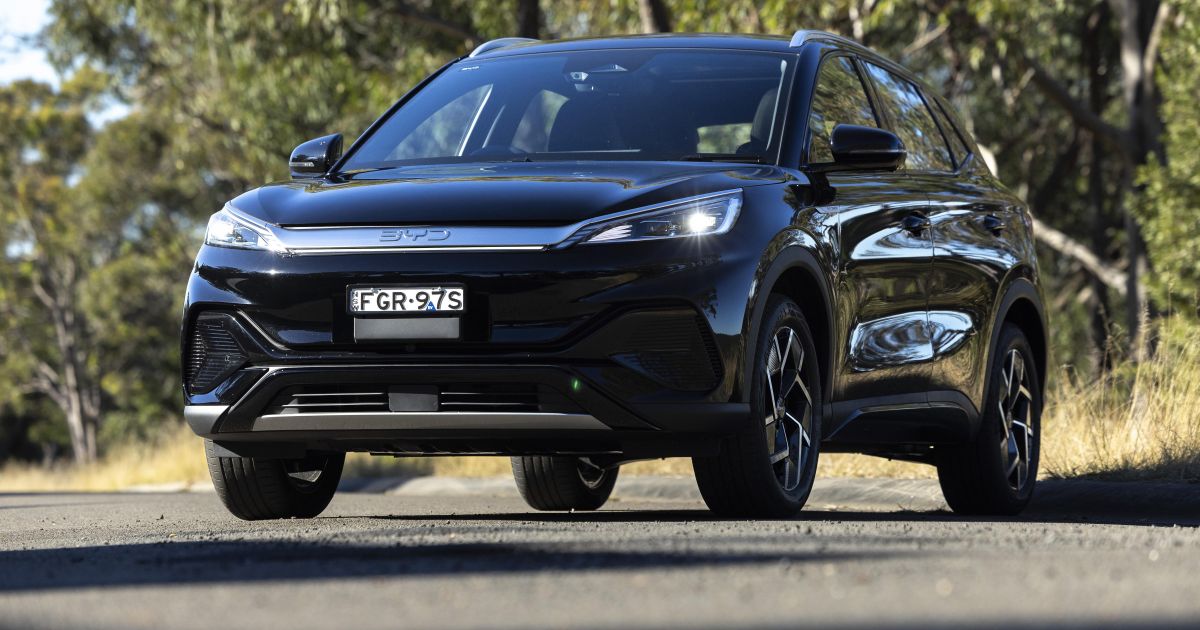
BYD Atto 3
But Xpeng is a smaller company among Chinese carmakers, and here it’s backed by a third-party distributor that doesn’t handle any other brands. The value for money is terrific, but it has entered a market more crowded than ever.
It’s running headfirst into other brands like Deepal, not to mention more established brands like Tesla.
One advantage it has, along with some other new brands offering EVs, is how well-informed a lot of EV buyers in this country seem to be. There seems to be a decent amount of buzz online about Xpeng, even if I’ve never seen an ad for the brand and I couldn’t tell you where the nearest showroom was.
I’m reminded of how clued in buyers were about BYD seemingly from day one, and how it grew so surprisingly rapidly in Australia.
-
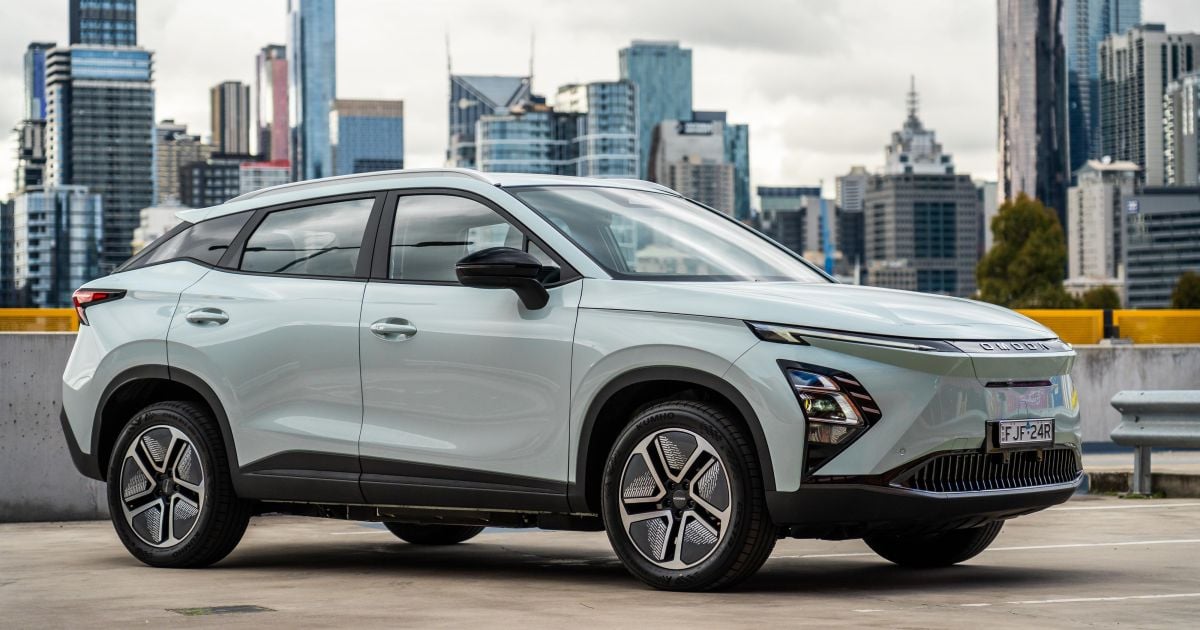
Chery Omoda E5
While not an EV brand (though it does have one here now), Chery also caught me by surprise – I thought Australians would have long memories of the company it used to be. It turns out they don’t.
I’m not going to make any predictions about how these other brands will fare. But let’s look at these objectively and see what they’re up against.
This is by no means an exhaustive list, by the way. By the time I publish this article I’m sure another 20 brands will have announced they’re coming here (half of them probably from Chery).
Foton
Foton has been here before, and was part of the early wave of Chinese ute brands in Australia that included JMC and ZX Auto.
-
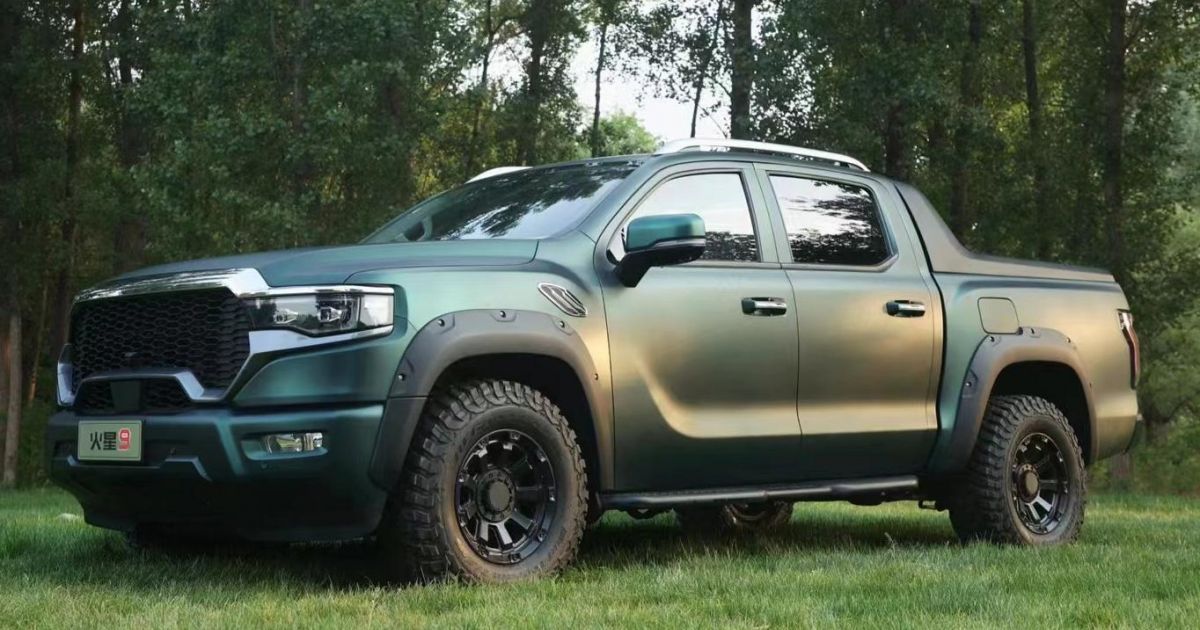
Foton Tunland V9
Now, it’s coming back under the custodianship of Subaru and Peugeot distributor Inchcape, launching a pair of utes with designs extremely derivative of American pickup trucks.
That could actually work in its favour. If you want a Ram but can’t afford a Ram, a Foton could be tempting.
We don’t know any information yet on pricing, which we expect to learn closer to the brand’s launch later this year.
-
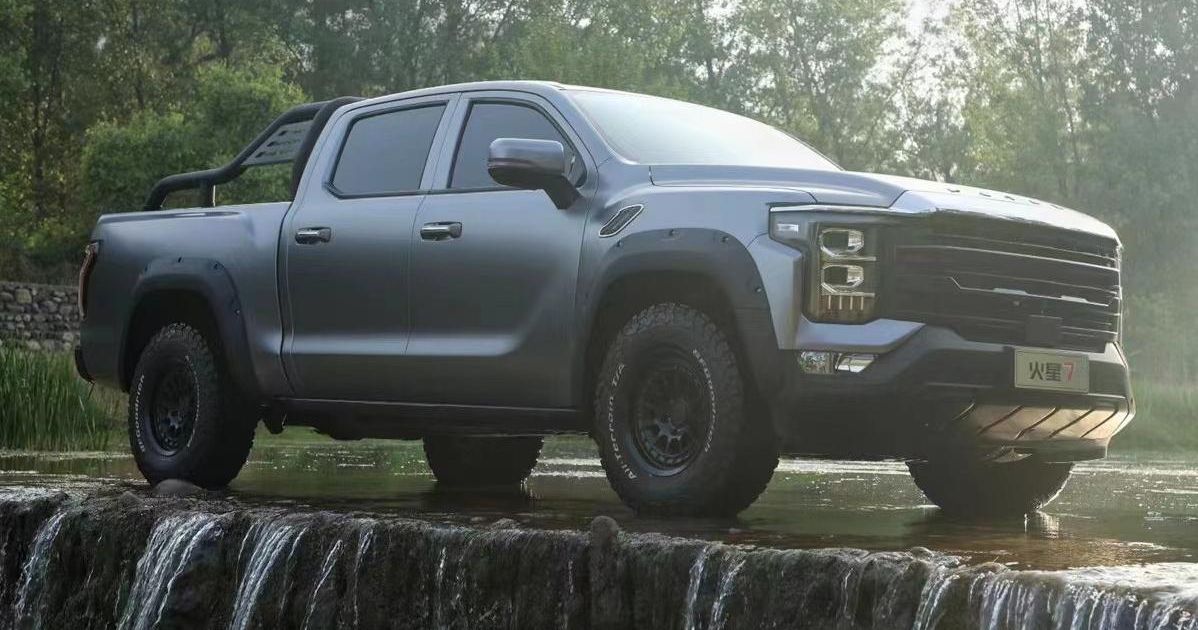
Foton Tunland V7
So far, the Chinese utes – the LDV T60 and GWM Cannon (nee Ute) – haven’t come close to segment leaders like the Ford Ranger and Toyota HiLux in the sales race. Ute buyers tend to be particularly brand loyal, and the segment is full of long-running, trusted nameplates.
Nevertheless, sales of Chinese utes have been trending upwards. With rising living costs, more ute buyers could look to affordable Chinese options.
The risk for Foton is it won’t just be competing with GWM and LDV, but also newcomer JAC and, soon, MG and potentially even Chery.
In the early years of Chinese car brands competing in Australia, there was a flurry of activity in the ute segment with the likes of Great Wall, JMC, ZX Auto and yes, even Foton. Few of these survived. Will we see the same thing happen again?
JAC
Speaking of JAC, it launched here this year with its GWM Cannon-rivalling T9, and it hasn’t made any grand proclamations about market share as some Chinese brands have been known to do.
-
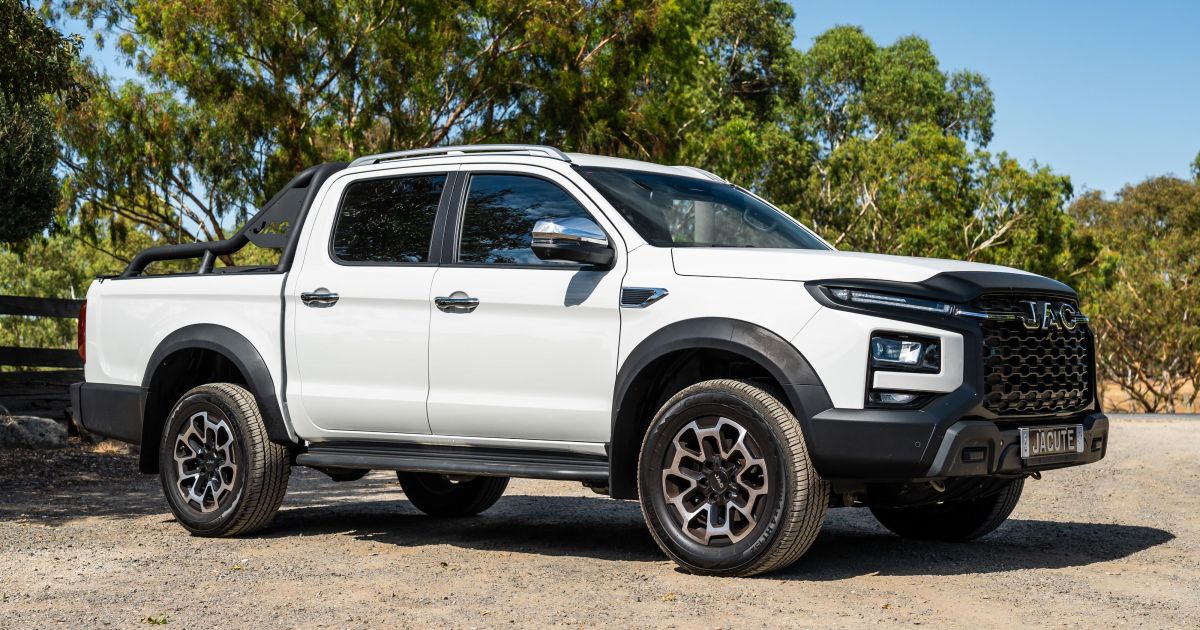
JAC T9
It’s really too early to tell how well it will do here, but the T9 looks the part and is competitively priced.
It’s let down, however, by a braked towing capacity that still falls slightly short of most of its rivals. Perhaps most ute buyers won’t tow a full 3500kg load, but it sure seems like you can’t be the one ute owner at the barbecue or the job site with the ute that can’t…
More intriguing is the upcoming T9 Hunter PHEV, due here in 2026 to take on the BYD Shark 6, which has some impressive figures like 1000Nm of torque and 100km of electric range.
Geely
Geely was already represented in Australia by its Lotus, Polestar, Smart and Volvo brands, but it has now brought its namesake brand here this year.
-
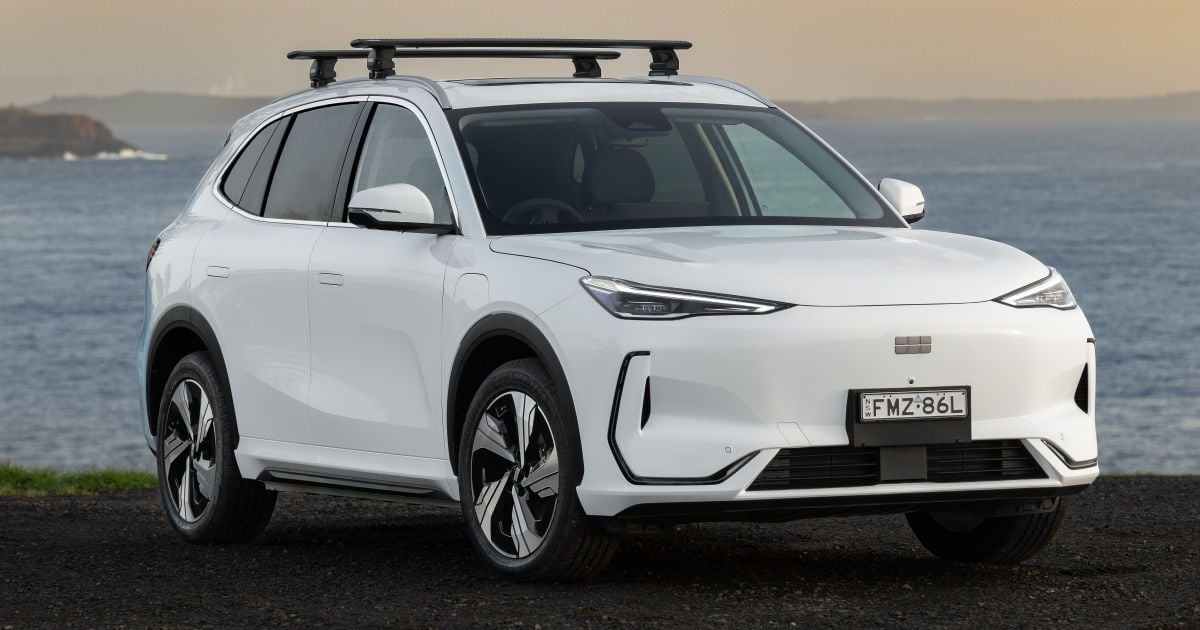
Geely EX5
And it’s aimed right for the jugular of the mid-size SUV market with the EX5, which is sharply priced – not just for an EV, but for a mid-size SUV in general.
The styling is generic and the driving dynamics unexciting, but the metal for your money is hard to beat and Geely already has some runs on the board in Australia with its other brands.
It now plans to launch more than six vehicles over the next three years, with an electric ute being a possibility and EVs to be complemented by plug-in hybrids.
If they’re all priced as sharply as the EX5, Geely could do well.
Deepal
Deepal is another Chinese brand that launched here with a mid-size electric SUV, though its S07 is arguably among the more handsome vehicles in its segment.
-
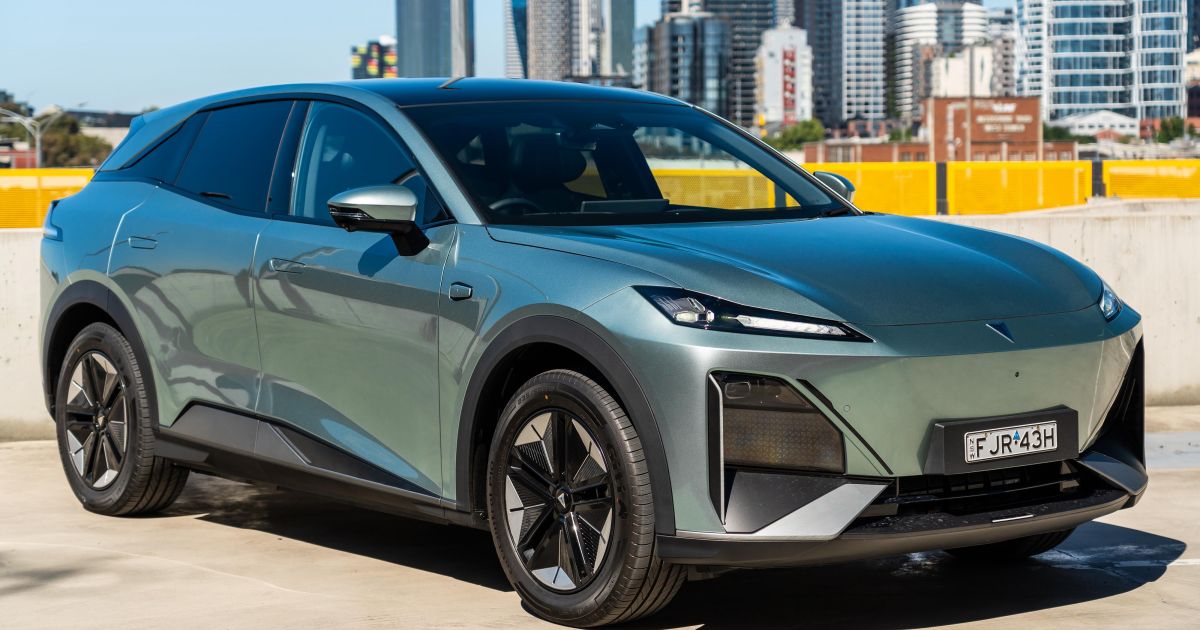
Deepal S07
It’s another unfamiliar name, but its parent is Changan – unfamiliar to Australians, but a huge player in the Chinese market. Frankly, it’s a bit surprising it has taken so long for a Changan product to come here.
Deepal’s parent has deep pockets, but instead of a factory-owned operation it has partnered with Subaru and Peugeot distributor Inchcape, which is the new Foton importer. This brings with it access to an established dealer network, though the S07 isn’t cheap to service.
The brand has locked in two other products for our market: the attractive S05 small electric SUV, and the E07.
-
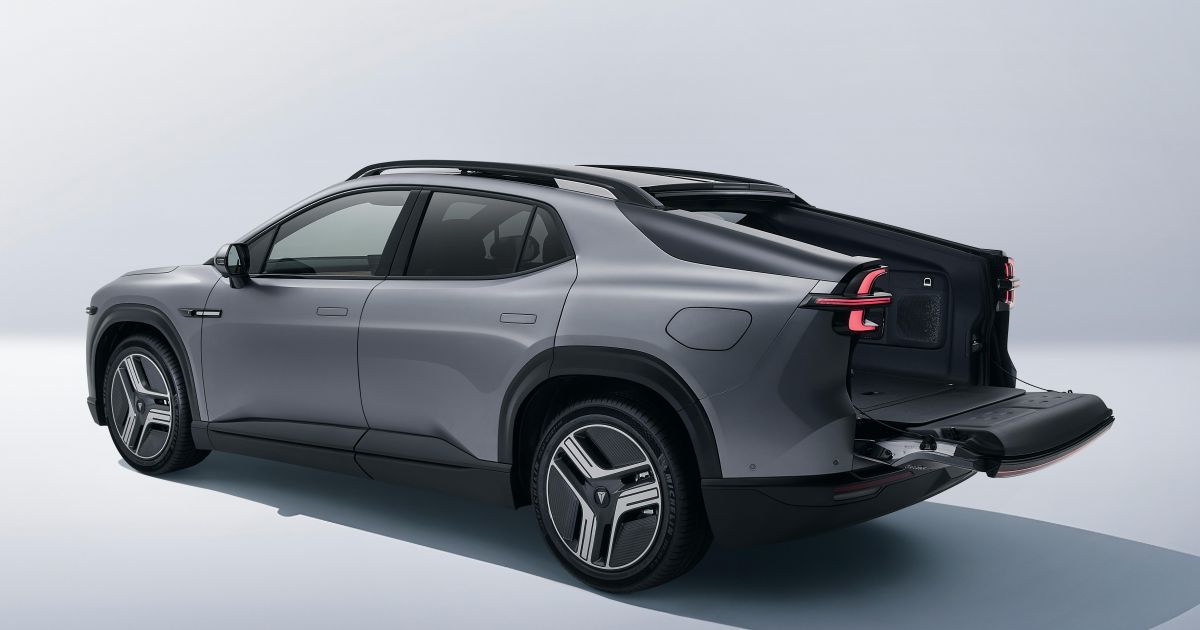
Deepal E07
The latter is the more exciting, despite the utterly forgettable name. It’s a strange chimera of a ute and an SUV that, despite some observers drawing parallels to the ugly Pontiac Aztek and Tesla Cybertruck, looks utterly cool to my eyes.
It’s about to enter a market in which traditional dual-cab, ladder-frame, diesel-powered utes are extremely popular, and where there’s nothing like this on the market.
Jaecoo and Omoda
There’s something surreal about a car company announcing another brand at a launch event for its newest brand. Particularly considering the car company only launched here two years ago…
-
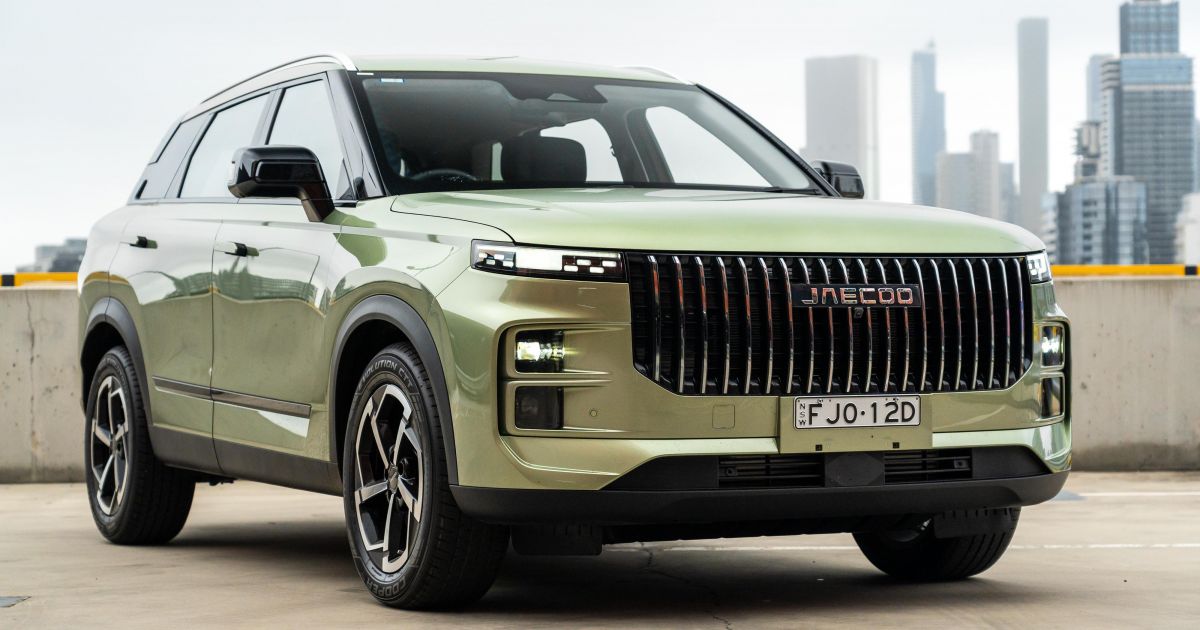
Jaecoo J5
We could argue the (il)logic of having so many brands, at least two of which overlap in terms of pricing and segmentation.
Still, Chery is bringing in the types of products Australians are clamouring for and it’s offering petrol, electric and plug-in hybrid models, so there’s something for everyone… provided you, like most Australians, want an SUV.
Chery was Australia’s 22nd best-selling brand last year, outselling the likes of Renault, Skoda and Jeep. It more than doubled its 2023 sales figures, and this year could be another big one for Chery.
-
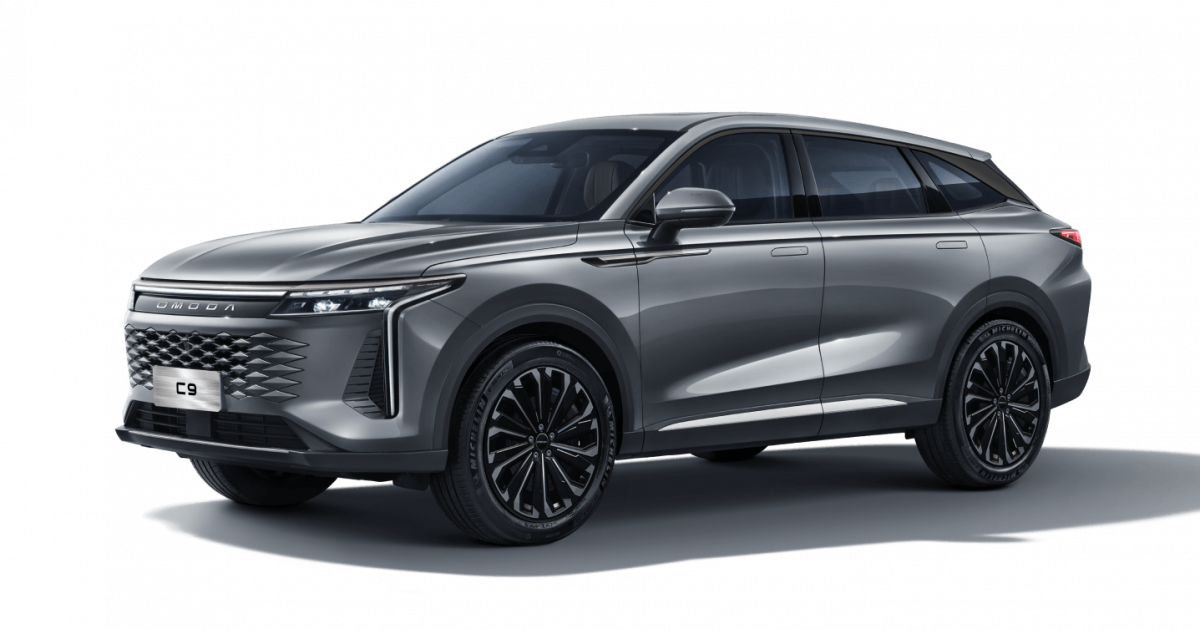
Omoda C9
It remains to be seen how Jaecoo and Omoda will perform, but despite talk of a more premium positioning for the former its pricing has still ended up being competitive.
Chery’s strong start in Australia this time has shown that conventional wisdom around unfamiliar brand names doesn’t necessarily apply when you’ve got cars with sharp pricing, long equipment lists, and five-star safety ratings.
Leapmotor
Leapmotor launched here late last year with the C10 which, like the Geely EX5, is a vehicle similar in size to the Tesla Model Y for a price more like that of a BYD Atto 3.
-
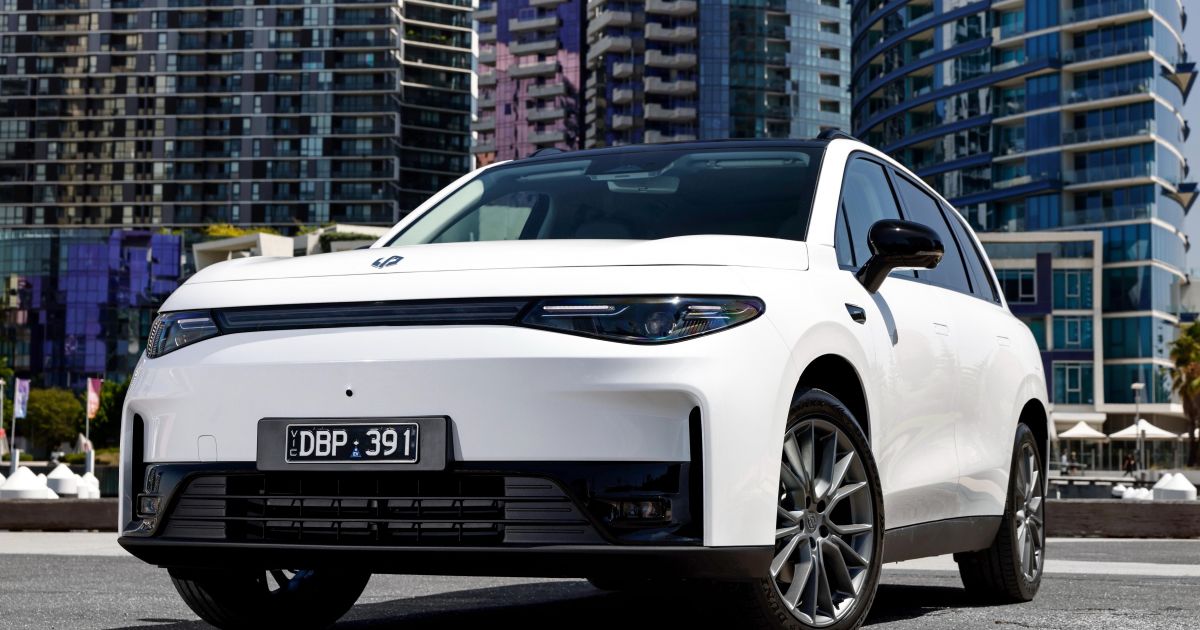
Leapmotor C10
Again, like the EX5, it’s neither exciting to drive nor beautiful to behold. The lack of Android Auto and Apple CarPlay, at least for now, is also a surprising omission for 2025.
Still, the C10 offers plenty of metal for your money. Leapmotor is also bringing its extended-range electric vehicle (EREV) technology here, which could resonate in a market where plug-in hybrid sales are continuing to grow while EV sales growth isn’t as strong as it was.
With the smaller B10 that will follow, Leapmotor is also expected to offer one of Australia’s cheapest electric SUVs.
Zeekr
Zeekr is taking quite a different path to most of these Chinese brands, pitching itself as a premium brand.
-
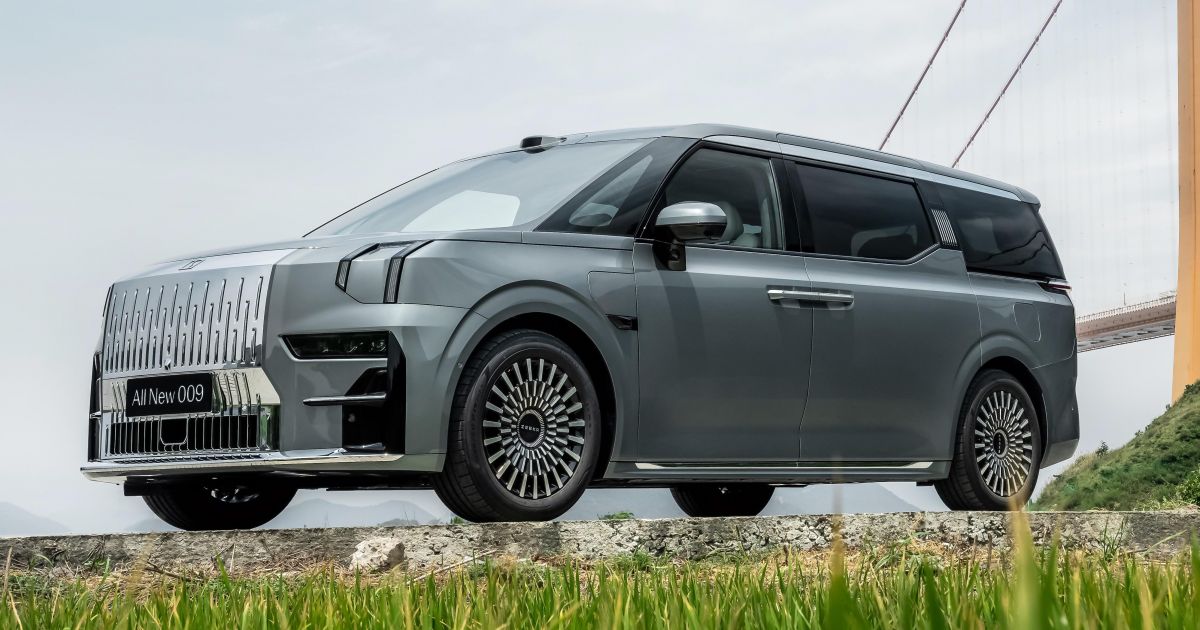
Zeekr 009
Like many established brands here that have entered the EV space, including Ford and Renault, Zeekr has been forced to slash its prices to remain competitive. It recently cut the base price of its small X electric SUV by $7000.
Zeekr has ambitious goals of its own, planning to sell 10,000 vehicles here in 2026 – more than its sister brand Volvo managed last year. To get there, it needs to significantly expand its retail network and add more vehicles beyond the X and the niche (but perversely cool) 009 luxury people mover.
The 7X will be the brand’s closest thing to a Tesla Model Y rival here, and it remains to be seen how Zeekr will price it.
-
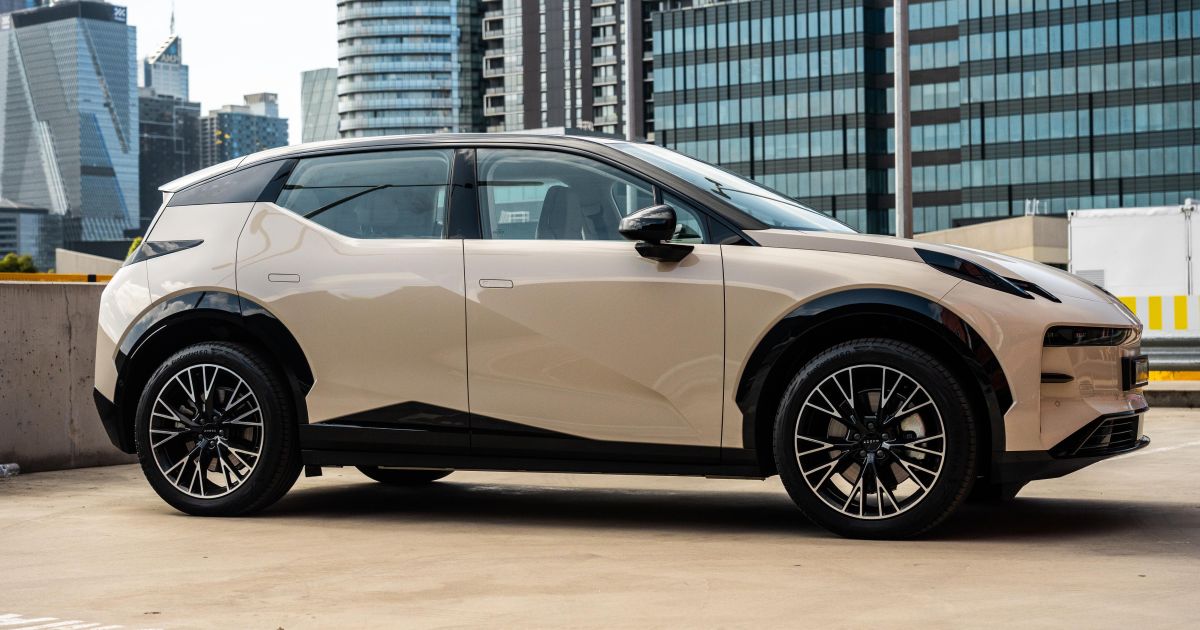
Zeekr X
There have been plenty of premium brands in the history of the Australian car market that have struggled to get traction because their cars either weren’t cheaper than those from more established (and usually German) premium brands, or were perceived by buyers as not being sufficiently cheaper for them to defect from marques with more cachet.
We’ll need to wait and see if Zeekr is one of them. Not helping this fledgling Chinese brand is the presence of competition from not only rival carmakers, but also from brands within Zeekr’s own corporate stable.
Would you take a Zeekr X over the related Volvo EX30, for example? The former has a nicer interior, but the latter has a more familiar badge on the bonnet.
Not only that, but there are other similarly sized electric SUVs from Geely’s Polestar and Smart brands too. Zeekr’s cars have plenty of showroom appeal, but the unfamiliar name, premium positioning, and internal competition are going to be major obstacles.


